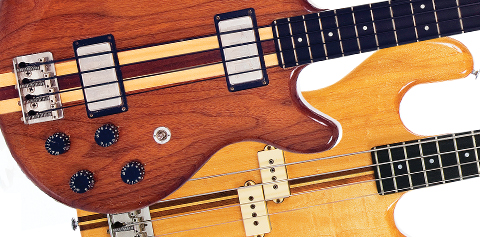
#Kramer aluminum bass neck headstock full
YES it is full neck dive, full weight, and sensible to weather (it’s aluminium, don’t need a PHD to understand that you just have to check for no fast weather change situations open the case 1/4 inch for 15 minutes then ok - i live in QBC so i know about weather changes. That said i think here the recording doesn’t do justice to owner’s one tone. My 1976 bubinga Kramer 450B doesnt sound at all like this DZ (mine has silver humbuckers). Available in Pearl White and Satin Black. Featuring a mahogany body, maple neck, and ebony fretboard, and powered by a powerful and punchy sounding Seymour Duncan® SMB-4D bass pickup. So, what does it sound like? Check it out: Kramer 450-B Aluminum Neck tuning fork headstock c.1978 Walnut & Maple with ohsc. The D-1 Bass is part of the new Kramer Modern Collection and is Kramer’s premier full-scale electric bass. The 4000 model, an oddball design to be sure, featured a miniature pick guard in the middle of the instrument that housed a P-Bass style pickup. The 4001 model had a P-Bass style pickup. Only the 5000 model has a P/J pickup configuration.
#Kramer aluminum bass neck headstock series
The aluminum portion was forged to be shaped like a letter T, and the rest was literally filled in with wood inlays.įor the DMZ series specifically, that came into existence in 1979 and is named as such because of the use of DiMarzio pickups. The reason the wood is present in the neck is because of what Kramer called a “T” neck construction. It is ordinarily (but not always) true that wood inlays in the neck matches the body finish.

The “fork” headstock shape is very intentional not just for style but also for sustain reasons.

Over the course of Kramer’s early history, aluminum necks were produced for almost a full decade from 1976 to 1985. YouTube user Thinkitis posted a video recently of a Kramer DMZ 5000 featuring an aluminum neck. Yes, we know in other parts of the world it is spelled as aluminium and spoken as al-you-minn-ee-uhm or sometimes al-you-mih-neeyum. Note to those across the pond: In America and Canada, we spell this metal as aluminum, and in America pronounce it as in uh-loo-mih-numm.


 0 kommentar(er)
0 kommentar(er)
